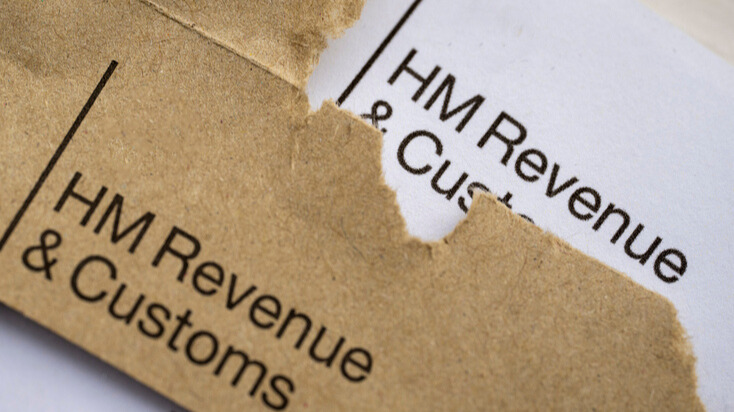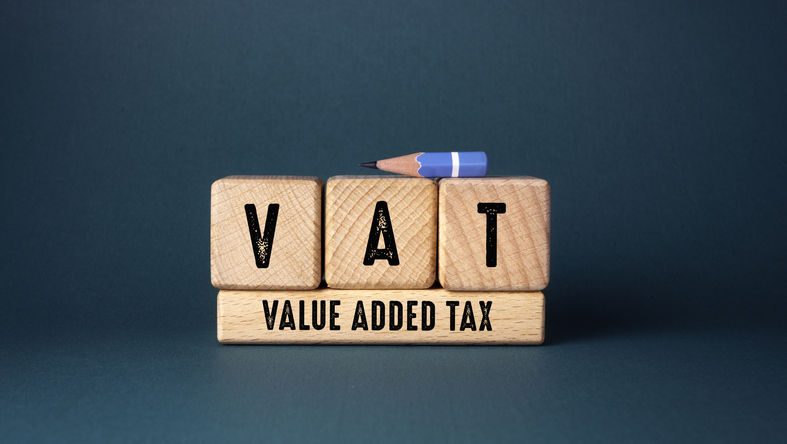VAT is administered by HMRC. If your annual turnover exceeds £90,000 in the previous 12 months you are required to register for VAT (threshold as from April 2024). This means that once registered you will be given a unique VAT number relevant to only your business.
You will be required to charge VAT, usually at the standard rate of 20 per cent on your sales invoices, so that for example if your invoice value is £1,000 you will add £200 and the customer is required to pay you £1,200.
Every quarter you will complete a VAT return showing how much you have collected in VAT (all the £200 sums in the above example, called Output Tax) and how much VAT you have paid to your suppliers (called Input Tax) and you will be required to pay over the difference, assuming that that the Output Tax exceeds the Input Tax.
The question of being a sole trader or limited company is a matter of fact. If you trade as a sole trader (for example A. Smith or Arthur Smith) the VAT registration will be in that name. If you have formed a limited company (Arthur Smith Limited), the VAT registration will be in that name.
Public Notices which offer relevant advice are:
Notice 700 – VAT General Guide
Notice 700/1 – Should I be registered for VAT
Most companies can register for VAT online. There are a couple of exceptions – check out gov.uk’s VAT registration site for more.
The VAT advice line will help with queries on 0300 200 3700 (+44 2920 501 261 if you’re outside the UK) between 8am and 6pm Monday-Friday. You can also speak with an adviser through webchat.
If you have any doubts you should talk to your accountant who will explain the requirements in greater detail and help with specific queries or even complete the VAT return on your behalf.





